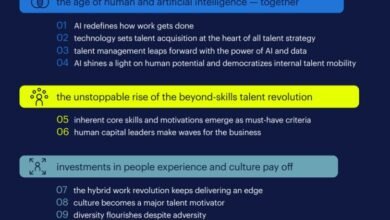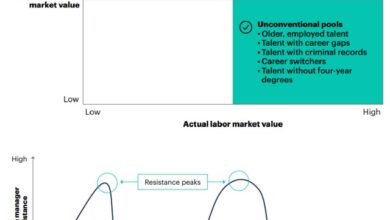
Source | sloanreview.mit.edu | Lynda Gratton
Many leaders are questioning whether their talent ecosystems can be widened and deepened. Their recent experience with the surge of remote working has underscored this potential. It is no surprise that in a recent MIT Sloan Management Review/Deloitte survey, 87% of managers said they consider many external workers to be part of their workforce — including contractors, service providers, and app developers. What managers value is the agility these contract positions bring.
It’s not only leaders who are questioning how work gets done. Many employees report that their experiences during the pandemic have tested traditional assumptions. They are experimenting with the place and time of work, embracing home, coffee shops, and holiday rentals for “place” and flexible scheduling and even four-day workweeks for “time.”
Just as important, stripped of many of their daily working habits, workers are reevaluating their life plans. The idea of a multistage working career is not new, but it initially was taken up only by social pioneers. Now it’s gone mainstream. People are hungry to craft lives that integrate diverse activities — work, side businesses, family, continuing education — and have a personalized trajectory. Many people are relishing the possibility of autonomy and flexibility.
So here is the puzzle: Project leads want a pool of talent that is agile and readily available, and employees relish autonomy and flexibility. But many of the core roles in companies require a high level of connectivity and the tacit knowledge that, historically, only full-time employees have been able to bring.
Some executives are actively working out how to solve the puzzle of melding flexibility and connectivity. Experiments are giving workers the chance to create working lives that resemble a portfolio of different elements while giving team leaders the chance to bring both employees and contractors into projects in highly connected ways. I call this the “third way” that sits between full-time work and contract work.






